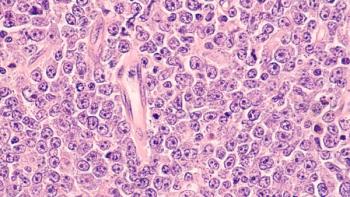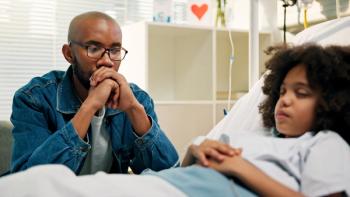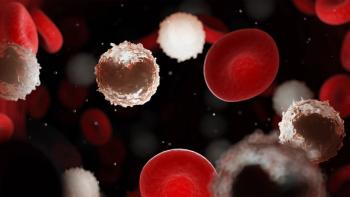
Family Cancer History Reporting Needs Improvement
While self-reported family cancer history is vital to screen individuals for hereditary cancer risk, its documentation tends to be lacking.
While self-reported family cancer history is vital to screen individuals for hereditary cancer risk, its documentation tends to be lacking, according to recent research conducted at The University of Texas MD Anderson Cancer Center.
Researchers analyzed the electronic health records of more than 47,000 patients being treated at MD Anderson, and found that only 20.9% provided information on the 3 key aspects of family cancer history: the relationship to the family member with cancer, what kind of cancer they had, and the age that their family member was diagnosed.
“Family history is one of the key indicators of hereditary cancers. What we have found, and what the Office of Public Health and Genomics at the CDC has been propagating, is that there is a very large number of people within the population who do suffer from these hereditary cancer syndromes but may not know about it,” said study author Mala Pande, PhD, MPH, MBBS, assistant professor in the Department of Gastroenterology, Hepatology, and Nutrition at MD Anderson, in an interview with Oncology Nursing News.
Oncology Nursing News: How has family cancer history documentation by healthcare providers been suboptimal?
Pande: When we started looking at family history to increase ascertainment of high-risk cases, we were interested in seeing the quality of the family history that's been captured in the electronic health records at our institution. The literature has shown that there are a lot of barriers in collection of family history. ASCO had actually put out an expert statement in 2014 providing guidelines for what the minimum adequate family history really is that oncology providers should be getting. But due to various constraints, it just isn't as it should be.
We found that even though about half of the people seen at MD Anderson over a period of 1 year had provided a cancer family history for 1 or more family members, there were gaps. The biggest gap was that even though patients are able to say, "Hey, my mother was affected, or my aunt was affected," they usually don't provide the age of diagnosis of family members.
When you really look at the utility of family cancer history, it is to run a risk assessment to see if genetic testing or genetic referral is required for the patient. If you don't have a complete family history, it's not possible to run an accurate risk assessment. It really makes it important to have a good family history captured in the electronic health record.
What were your findings and key takeaways?
The key takeaways from this research were that family cancer history is sub-optimal, as we found from our data analysis. The biggest gap is in capturing the age of diagnosis for the family members who are affected by cancer.
Some of the things that we are looking at doing are to improve the way the family history is captured. There is no standardized way, even in the electronic health record. It's a custom-designed questionnaire that goes out to our patients in advance of their visit so they can have the time to complete all the required information. Family history being as important as it is, the surgeon general has actually created a tool that can be used by patients to collect family health history. There's even a family cancer history collection they tied in with Thanksgiving where patients are encouraged to both document and collect their family history, as well as share it with all of their relatives and take it to their providers to be able to make the whole process simpler and easier.
What are the clinical implications of this research, and what should nurses take away from it?
For nurses, the key takeaway would be to ensure that the family history is as complete as possible. What we're doing in our electronic health records is trying to provide prompts for the patients to finish as much as possible, but then similarly, if those gaps can be addressed when patients are reviewed in clinic by the nurses. The best person to report on the family history is the patient themselves. If they can do it in advance, then they are more likely to have more complete information and more complete details of their family history.
The first level of improving the data quality is the patients themselves. But there is a second level, which is the nurses and the providers. They have to also make sure that they realize the importance of family history, and the importance of completing the family history, because our goal cannot be achieved unless that is done, our goal being (to make) this process automated. [We want to] run risk assessment in the background of the electronic health record so that patients who are at high risk can be flagged and receive the genetic counseling or the genetics referral that can help address where they are at an increased genetic risk.
Newsletter
Knowledge is power. Don’t miss the most recent breakthroughs in cancer care.
















































































